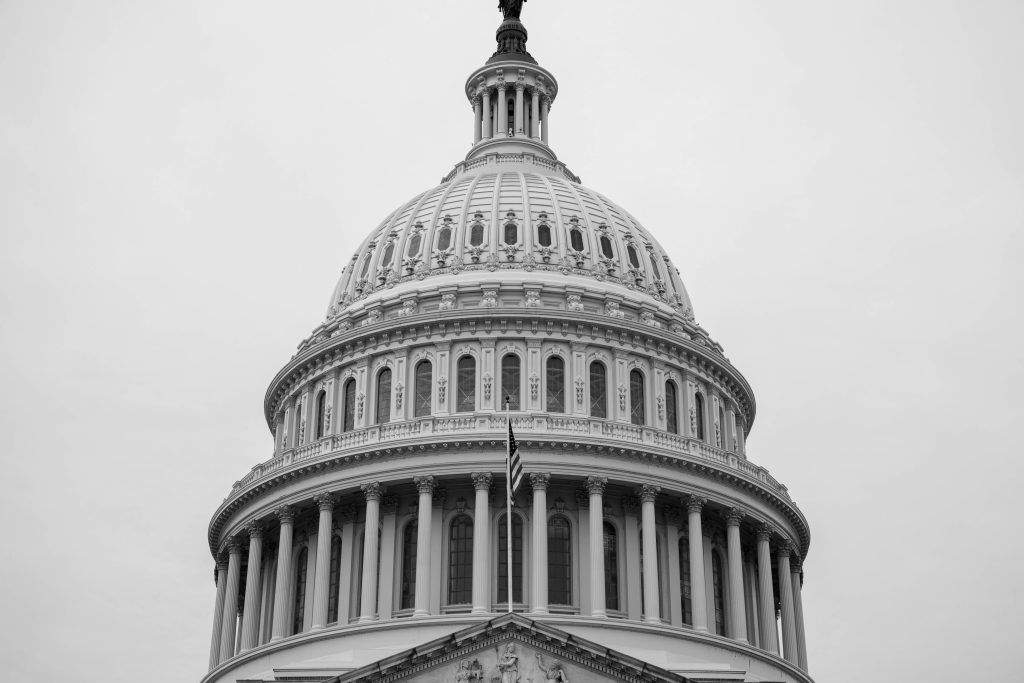In a recent tweet, President Joe Biden emphasized the importance of high-speed internet as a necessity rather than a luxury. Acknowledging the digital divide that persists across the United States, his administration has committed to investing in expanding access to affordable high-speed internet. This ambitious endeavour aims to bridge the gap and ensure that all Americans can reap the benefits of a connected world.
Rural areas suffer from infrastructure issues and lower population density, both major setbacks
Affordable high-speed internet is a game-changer, levelling the playing field for individuals, communities, and businesses. The digital divide refers to the socio-economic gap between those who have access to reliable internet connectivity and those who do not. It limits opportunities for education, employment, healthcare, and social engagement, contributing to already existing inequalities. By addressing this disparity, the Biden administration strives to empower underserved communities and foster a more inclusive society.

Commerce Secretary Gina Raimondo compared the initiative to the construction of the interstate highway system. Just as the highways connected communities and facilitated economic growth, affordable high-speed internet access will serve as the backbone for progress in the digital age. It will connect communities across the nation to regional and national networks, unlocking new opportunities for innovation, education, telemedicine, and entrepreneurship.
The task of expanding affordable high-speed internet access is not without its hurdles. Rural areas, in particular, face unique challenges due to geographic constraints, limited infrastructure, and lower population density. Implementing robust connectivity solutions in these regions requires careful planning, increased investment, and innovative approaches. The Biden administration’s commitment to overcoming these obstacles should ensure that no community is left behind in the digital revolution.
Affordable high-speed internet is a lifeline for students and educators. It enables remote learning, access to online resources, and virtual collaboration, bridging educational gaps and providing equal opportunities for all. Additionally, it opens up avenues for remote work, giving individuals the flexibility to pursue employment opportunities regardless of their geographic location. By breaking down barriers to education and employment, affordable Internet serves as a catalyst for economic growth and social mobility.
RELATED:
- Biden Holds Emergency Announcement Tomorrow to Address US Banking Crisis
- Apple Pay Later service is now finally available in the United States
- Best Free Video Editing Software 2023
(Via)







